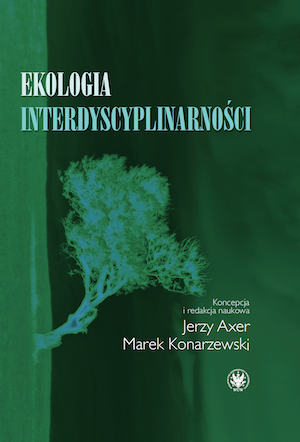Słonie Dalego
Dalí’s Elephants
An Exercise in Archeological Imagination
Author(s): Monika Stobiecka
Subject(s): Anthropology, Cultural history, Cultural Anthropology / Ethnology
Published by: Wydawnictwa Uniwersytetu Warszawskiego
Keywords: elephant; archaeological imagination; Salvador Dalí; Hannibal; surrealism; art/archaeology; vitalizing the past
Summary/Abstract: In 1967, between Cointrin and Meyrin in Switzerland, an unusual happening was to take place. The most famous Spanish surrealist painter, Salvador Dalí, was planning to cross the Alps accompanied by a young Indian elephant, transported for the occasion to Switzerland by Air India. The elephant was waiting for the artist in a nearby stable, causing great dismay to horses living there. On 21 September, when this art event was supposed to occur, Dalí called off his arrival and commended to transport the young elephant to Figueres in Spain, where he lived. What is highly controversial from today’s point of view, is not the ostentatious cancellation of the happening, generously sponsored by Air India, but the instrumentalization of the animal which was to be used in reconstructing the historical crossing of the Alps by the Carthaginian commander in 218 B.C. The standard interpretations of the surrealists’ works would point to understanding Dalí’s intentions to show an elephant as an archetype and fetish by making an oppressive gesture toward the animal again. However, watching the intended “spectacle” in the category of “archeological imagination”, which does not belong to the history of art, and probing Dalí’s attitude to the past in his other works, it is possible to see the non-existent work in the perspective affirming the controversial reconstruction as "sui generis" revitalizing of the past.
Book: Ekologia interdyscyplinarności
- Page Range: 99-111
- Page Count: 13
- Publication Year: 2021
- Language: Polish
- Content File-PDF

